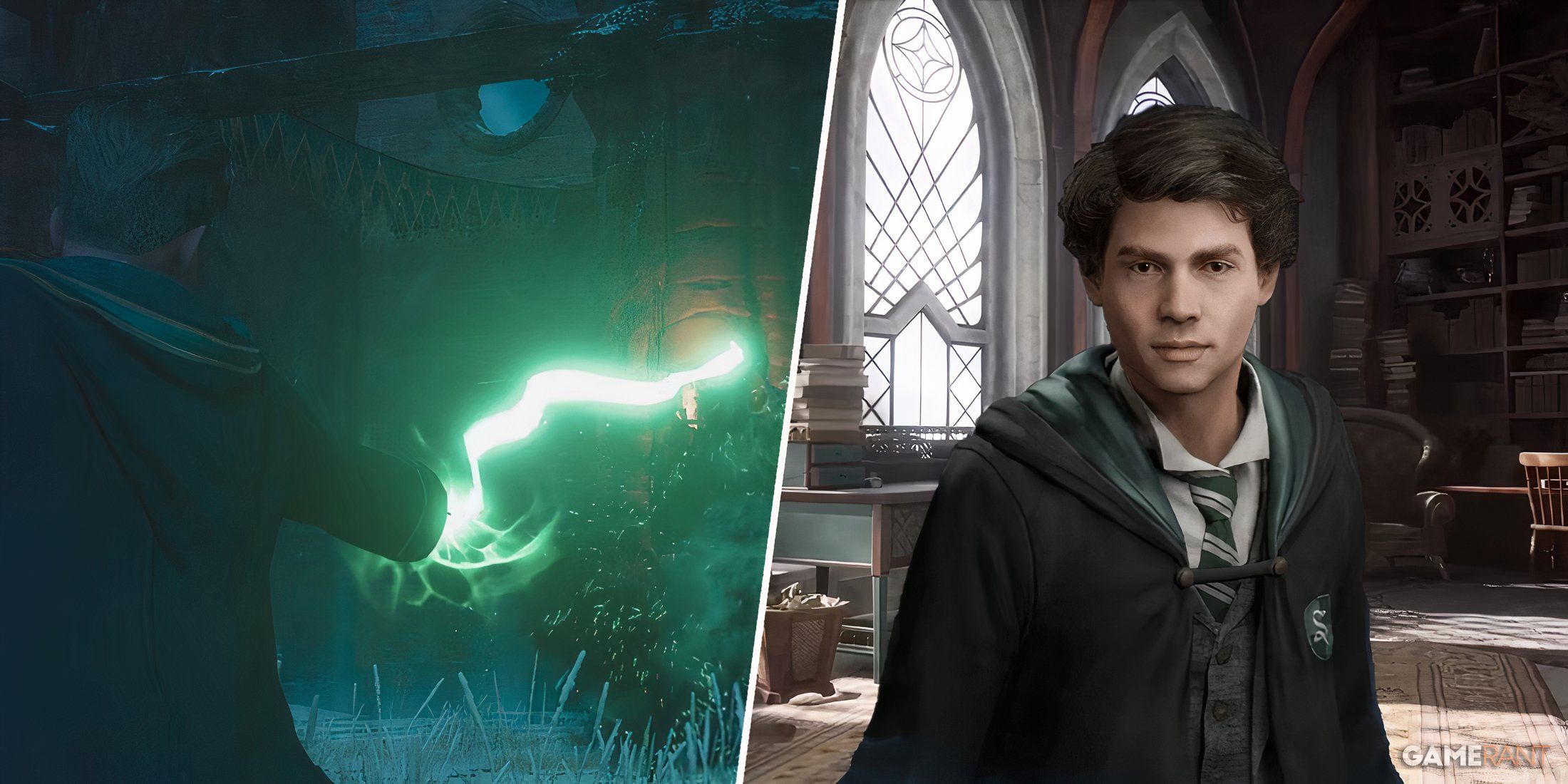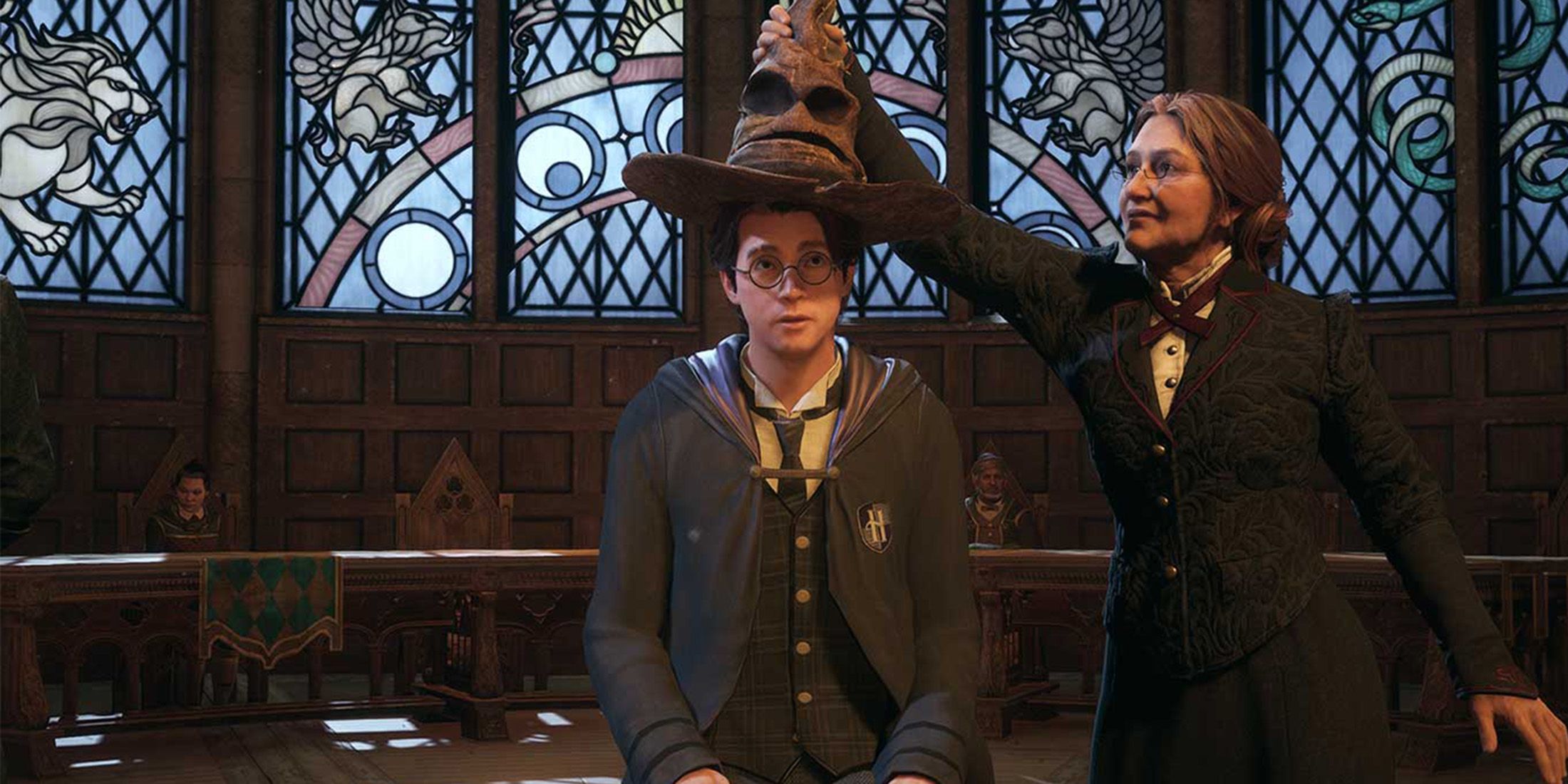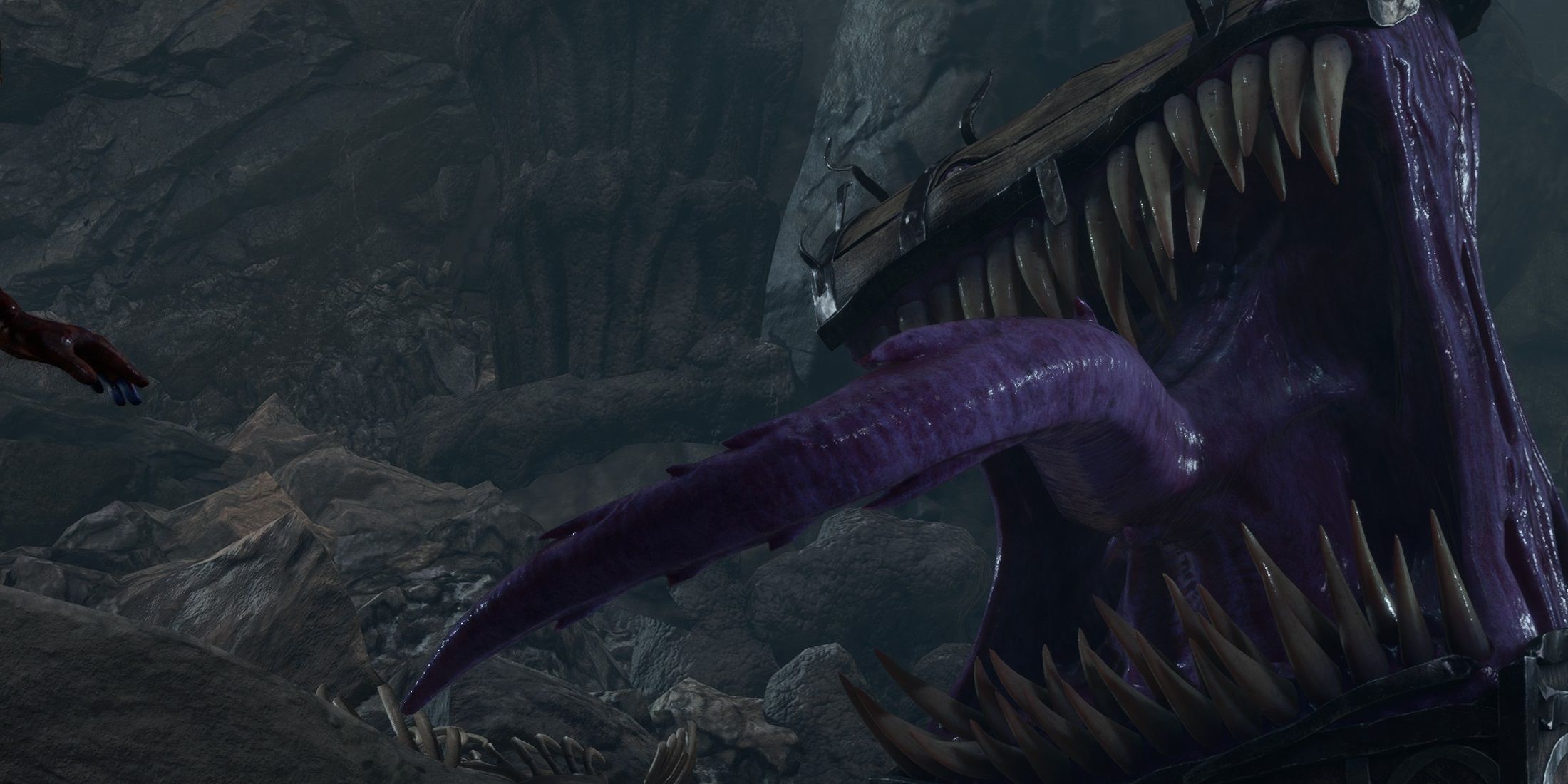Since the genesis of video games, technology and features have vastly improved with each new generation of gaming. From features like in-depth character creators to increasingly challenging combat, there are certain games in every generation that act as trailblazers in pushing gaming forward. Hogwarts Legacy and Star Wars Jedi: Survivor have brought Arachnophobia Mode to major titles, giving the option a broader audience.
Although this isn't the first use of Arachnophobia Mode, Hogwarts Legacy and Jedi: Survivor are the biggest titles so far to embrace the phobia friendly option. Obsidian's Grounded was the first to use arachnophobia mode, introducing players to an option that could be helpful to those who are uncomfortable around eight-legged enemies. Grounded's version of this mode got the attention of many who had been hoping for a feature like this for years, and both the developers of Hogwarts Legacy and Jedi: Survivor were smart enough to see the need for such a mode. In recent years, accessibility in gaming has made great strides, and these two titles acknowledge that making games accessible to those who have specific phobias is a beneficial move.
How Hogwarts Legacy and Jedi: Survivor Have Made Arachnophobia Mode Their Own
The great thing about Arachnophobia Mode is that it doesn't affect the overall gameplay of titles that contain heart-stopping arachnids, but instead eliminates spider-like qualities in these enemies. When it comes to Hogwarts Legacy, players who wish to have a gaming experience free from eight-legged creepy crawlies can customize the game to limit how a spider's model looks, getting rid of their legs entirely. Additionally, Hogwarts Legacy's version of Arachnophobia Mode also completely changes the sounds that spiders make in the game, adding another layer of accessibility to those who have a fear of spiders.
Like Hogwarts Legacy, Jedi: Survivor's use of Arachnophobia Mode works similarly where the option only gets rid of spider-like details in enemies instead of messing with any essential gameplay. One of the most impressive points of this mode, however, is that it doesn't apply to an actual spider, but a giant scorpion creature that players are tasked with fighting called a Skriton. Jedi: Survivor takes this accessibility feature and expands it to cover even non-spider enemies, taking into account other types of multi-legged enemies that some players could find just as alarming.
In theory, it seems as though Arachnophobia Modes would be the same for every game, but each studio has its own ideas of what these options should feature. Jedi: Survivor using the mode for a non-spider creature demonstrates the range of the setting. When many people hear of the term arachnophobia they think of just spiders, but the phobia can also include many different leggy creatures like scorpions and ticks. Although challenging obstacles and situations are essential to games, sometimes certain aspects can make it harder for players to push through. Respawn Entertainment's acknowledgment of the more in-depth definition of arachnophobia is a pioneering move.
Some gamers fear that accessibility modes like this will ruin key gameplay elements. When it comes to the world of Harry Potter, spiders play a big part, and this had some concerned about the Arachnophobia Mode watering down Hogwarts Legacy and its content. Despite these concerns, both Hogwarts Legacy and Jedi: Survivor have proven that fear as false. The greatest thing about features like these is that if a player doesn't want to use them, they simply don't have to. These modes give games a much wider audience and help players have the best experience possible.
Hogwarts Legacy is out now for PC, PS4, PS5, Xbox One, and Xbox Series X/S, with a Nintendo Switch port launching on November 14.





